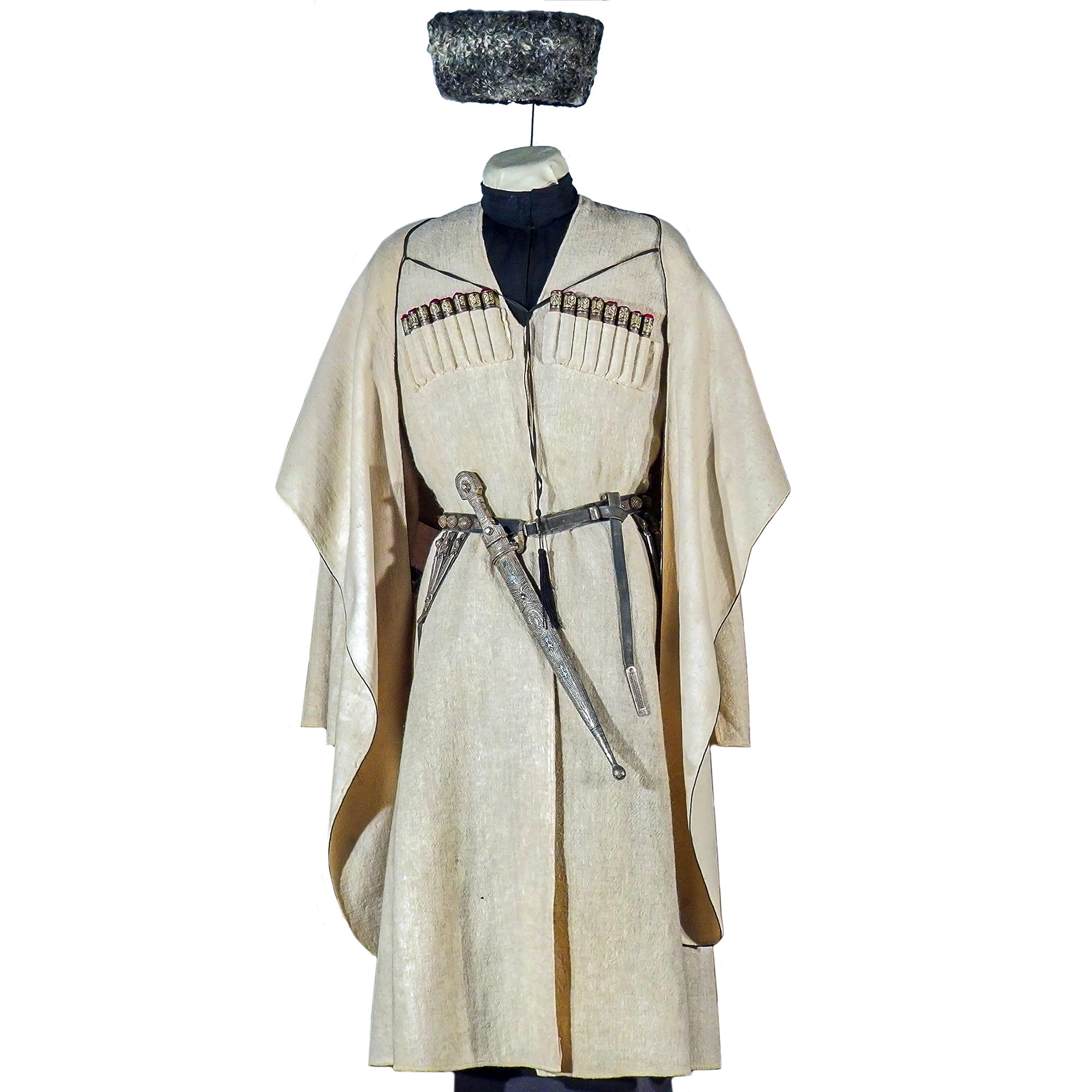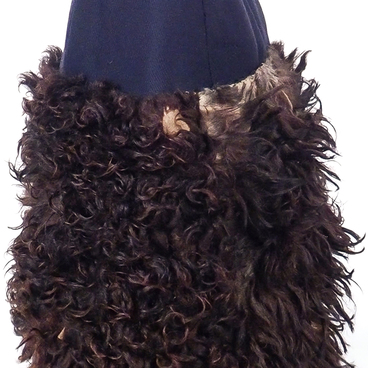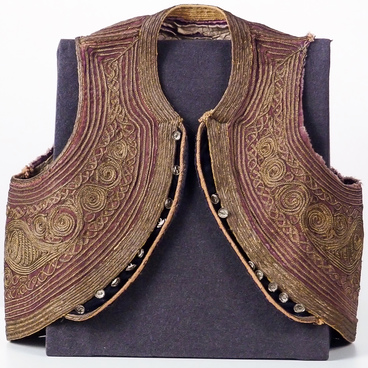The traditional Adyghe male costume has taken many centuries to develop. Adyghe men have always dressed elegantly and smartly but at the same their dress was ideally suited to the specific features of mountaineers’ life style and the climate of their region. The cut of the costume was such that it allowed horsemen to show off the gracefulness and lightness of their gait, their bearing, agility and prowess.
Traditional Adyghe male costume
Время создания
Early 20th century
Техника
Sewn woollen cloth. Braiding
34
Открыть в приложении#1
Traditional Adyghe male costume
#2
#4
Ethnographer and folklorist Khan-Girei noted that
the Circassians have surpassed many peoples in costume and weapons. By its beauty and comfort their male dress is superior to all forms of attire known to me, not only in Asia but even in Europe.
#5
The traditional costume consisted of a coat known as cherkeska, a long tunic-type shirt known as beshmet, a cap and a long hood with long blades known as bashlyk, trousers and soft leather boots. Adyghes made their soft and light footwear from Morocco leather or rawhide. An obligatory attribute of the Adyghe costume was a poniard.
#6
The cherkeska, which in the Adyghe language is called tsiy, was the main overcoat of the Adyghe men. Representatives of all ages and social strata wore cherkeska coats of the same cut but the fabric and the colours were meant to reflect the wearer’s status.
The cherkeska was commonly made of home-woven woollen cloth, tsiyapkhe’e. The cloth was not dyed; wool of natural colours was used to weave it. In general, Adyghe men preferred simple and noble colours — black, dark grey, brown and white. The latter was considered a ceremonial colour, and a white cherkeska could only be worn by a prince, and then only on a festive occasion.
#7
Originally the cherkeska was worn knee-long but over time its length began to change. At the turn of the 19th-20th centuries it was ankle-long and could even be floor-length, later it reached below the knees.
#8
The cherkeska was very comfortable for everyday wear. It did not restrict men’s movements either when walking, riding a horse, or climbing steep mountain paths. And if a man needed to cross a brook or a river, he could simply raise the front skirt of the cherkeska and tuck it in his belt at the back.
#10
The cherkeska was worn over a beshmet with a tall collar which was usually seen from a deep neckline. It tightly wrapped the body to the waistline and gradually widened downwards highlighting the gracefulness of a man’s figure. The beshmet was fastened with “knots” and loops.
#12
The cap — most commonly a papakha — had an important role to play in the life of mountaineers. It symbolised a man’s dignity and was not to be taken off either indoors or even at table. If the cap was knocked off the Adyghe’s head it might very well become a reason for blood vengeance.
#14
The head-dress was complemented with a bashlyk, which the Adyghes called sh’kharykh’on [шъхьарыхъон]. It was a kind of hood, or capuchin, with long blades. It was worn under a cap and hung on the shoulders with the ends tucked in the belt. They could also be wound around the neck, for example, while riding a horse.
#16
The male costume was usually girded, most commonly with a narrow belt with silver onlays. In fact, the belt substituted for pockets. Anything that a man might need on his way or when hunting was fastened to it — from weapons to what was needed on the march. Over time, the belt turned into a decorative element of the costume.
читать дальшескрыть
00:00
00:00
1x
Traditional Adyghe male costume
Время создания
Early 20th century
Техника
Sewn woollen cloth. Braiding
34
Открыть в приложении
Поделиться



